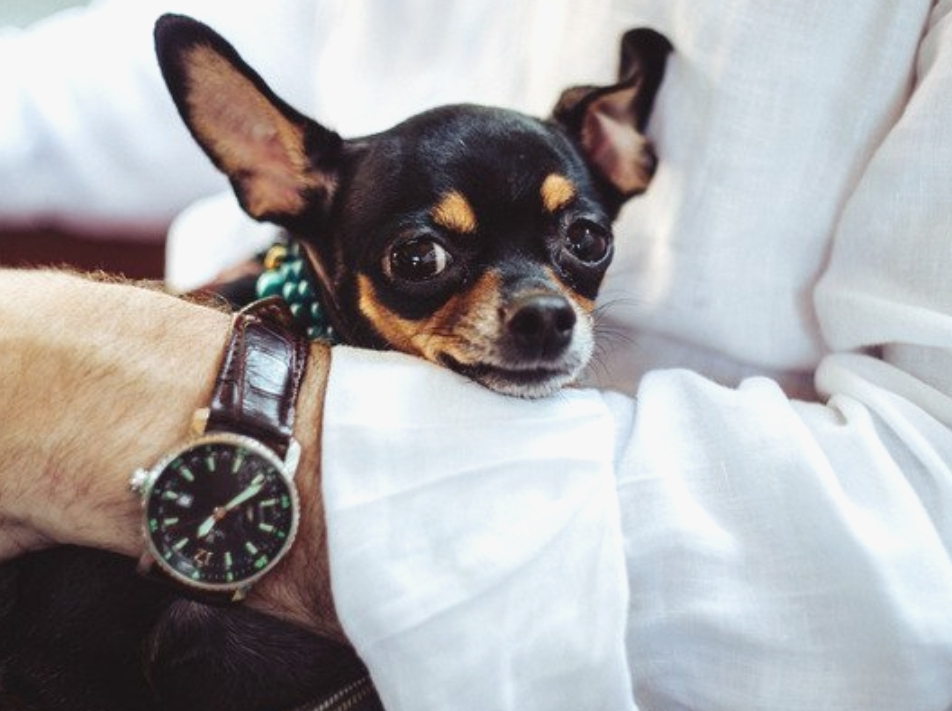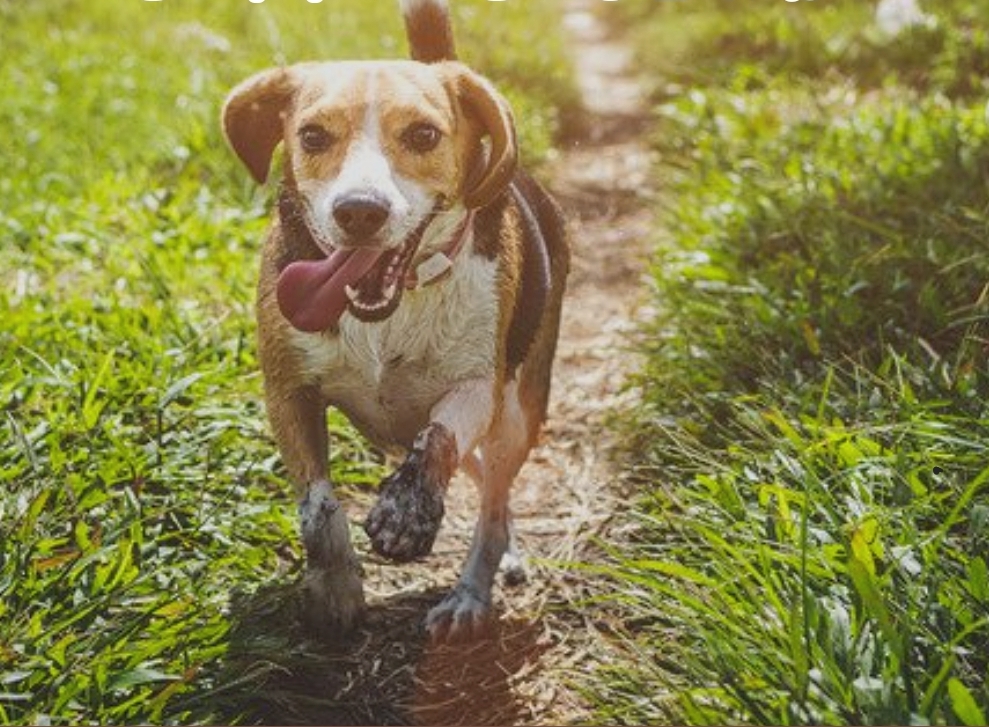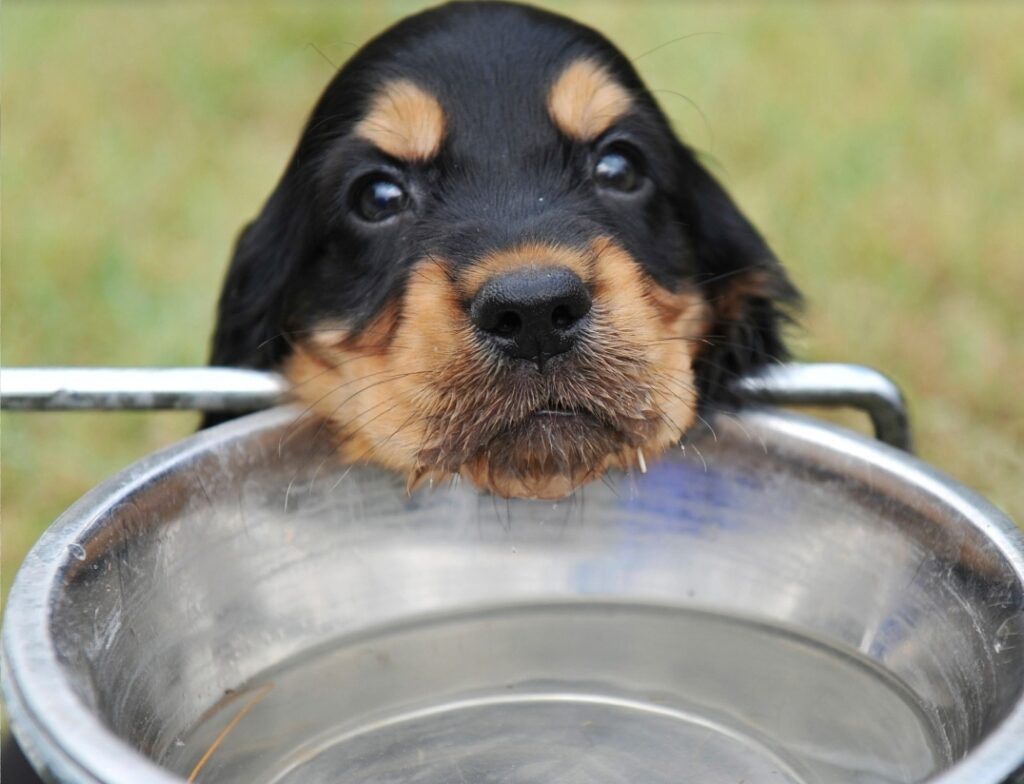When the outdoor temperature in south Florida is extremely hot and humid you must monitor dogs for heatstroke. I know that we all love our adorable furry fur babies and we want to take them everywhere I don’t know about you guys but summertime is the perfect time for outdoor activities like running, swimming, a good game of fetch, and long walks. Plenty of water is equally important as rest breaks, and best believe that a cool shade can be a lifesaver to avoid your dog getting a heatstroke. So here’s what you need to know.
Causes of heatstroke in Dogs
Dogs cannot control their body temperature by sweating so they cool themselves down by panting. Dogs also have sweat glands that are located in their paw pads that activate when your dog is hot to help cool them down. It only takes about 10 minutes on an 85-degree day for the temperature in a locked car to reach 102 degrees. Despite all the warnings many dog owners leave their furry friends in the car and this is never okay even if it is for a short period of time. Dogs can get overheated easily so just remember that if it is hot for you it is twice as hot for your dogs.

- Excessive strenuous activities without appropriate rest or shade
- Trapped in a car during hot and humid weather without adequate ventilation
- Housed outside without access to shade or water
- Being left outside alone for a long period of time
Symptoms of heatstroke in dogs
A dog’s temperature is anywhere from 99 degrees to 102 degrees. If a dog’s body temperature exceeds 103 degrees this is a critical temperature for your dog. Always pay special attention to your pooch if he or she is pudgy has a short snout, a coat that’s dark, long, and thick are at higher risk so you might want to check them more frequently. If your dog is panting louder than usual this is a clear sign that he or she is working harder to breathe. Believe it or not heatstroke in dogs can often resemble a drunk person disoriented and staggering around, please get help as soon as possible to ensure their safety. These are some of the symptoms to look out for.

- Panting
- Drooling excessively
- Dry nose
- Vomiting
- Increased thirst
- Collapse
- Diarrhea
- Abnormal gum color
- Disorientation
Treatments and how to avoid it
Walk your dog early in the morning or late in the evening to avoid the hottest hours of the day. You should take a bottle of water along with you on your walk with your furry friend just in case you need it you have it on hand and you are not running around looking for water. If your dog seems hesitant to walk find a cool shade and allow them to rest for a while and cool off before continuing on your walk. Early intervention can prevent life-threatening complications that can occur rapidly and can cause heatstroke in dogs. Here are a few things you can do to keep your pooch safe.

- Plenty of clean water
- Provide cool shade
- Keep dogs indoors when hot
- Well ventilated areas
- Never leave a dog outside for a long period of time
- Soak a towel in cool water (not cold water, never use ice pack)
- Water at room temperature or a little chicken broth if you are at home
- Take your doggo temperature frequently
Early intervention can prevent life-threatening complications that can occur rapidly and cause heatstroke in dogs. Even if your dog appears to be normal you should still seek veterinary help.








Great information to keep our furry friends safe!